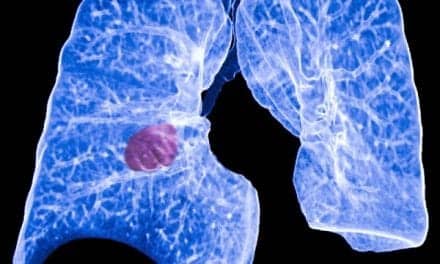AI software can accurately detect tuberculosis, or TB, from chest X-rays, a study being presented at this month’s European Congress of Clinical Microbiology & Infectious Diseases in Copenhagen shows. Tuberculosis (TB) is a major cause of death and disease worldwide. It causes 1.6 million deaths a year, making it is the 13th leading cause of death globally and the second biggest infectious killer, after COVID-19.
In low-resource settings, chest X-rays play an important role in the diagnosis of patients unable to produce good quality sputum samples for microbiological analysis. Computer-aided detection (the use of software to analyze X-rays for abnormalities) could assist in diagnosis in areas with a lack of radiologists.
However, there is a lack of good quality studies assessing its diagnostic accuracy, as highlighted recently by the World Health Organization. To find out more, Frauke Rudolf, PhD, of the department of infectious diseases at Aarhus University Hospital in Denmark, and colleagues compared the performance of artificial intelligence (AI) software (qXR, Qure.ai, Mumbay, India) in assessing chest X-rays with that of two Ethiopian radiologists with different levels of experience.
To improve applicability in low-resource settings, the AI was given mobile phone photographs of analogue (non-digital) chest X-rays. Chest X-rays from 498 patients were analyzed retrospectively. Fifty-seven (11%) of these patients had been diagnosed with TB, 41 clinically and 16 through PCR tests (Xpert MTB/Rif).
The AI software was as good or better than a trained radiologist at identifying the PCR-confirmed cases. It correctly identified 75% of all PCR-confirmed cases (sensitivity of 75%) and 85.7% of non-TB cases (specificity of 85.7%).
The less experienced radiologist’s assessments had a sensitivity of 62.5% (they correctly picked up 62.5% of the PCR-confirmed cases) and a specificity of 91.7% (they correctly identified 91.7% of those who didn’t have TB). The experienced radiologist’s assessments were 75% sensitive and 82% specific.
The agreement in results between the radiologists was moderate, as was the agreement between the radiologists combined and the software. Rudolf says: “With an estimated 3 million undiagnosed patients in 2021, there is an urgent need to develop novel strategies and technologies aimed at improving TB detection in low-resource, high-incidence settings.”
“We’ve shown that AI software is at least as good at detecting TB as a trained radiologist and that a simple mobile phone photograph is sufficient for analysis,” Rudolf continues. “In low-resource areas with a high incidence of TB but a shortage of radiologists, chest X-rays could be photographed with a mobile phone and the image sent be analyzed remotely by the AI. This would allow more chest X-rays to be read properly and, crucially, allow more cases of TB to be diagnosed.”






